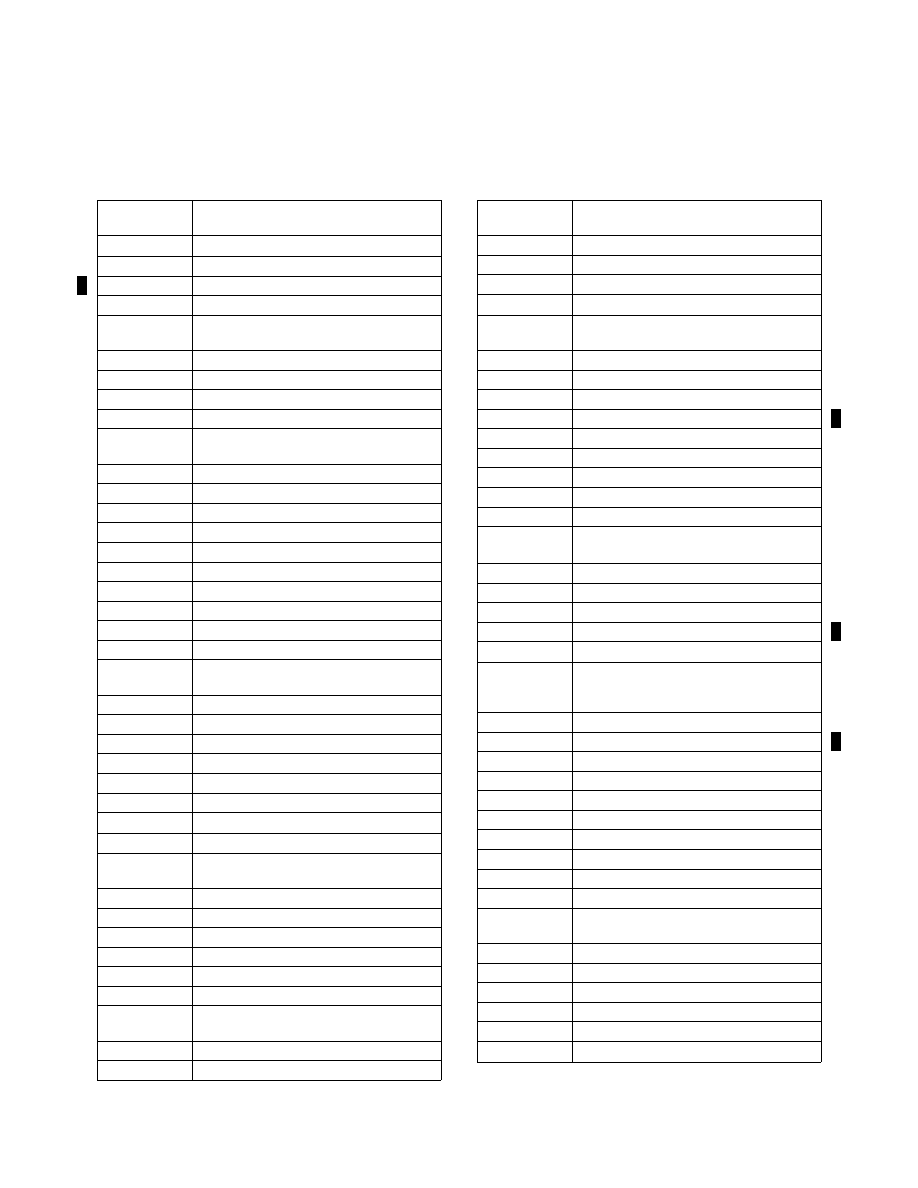
4/20/23
AIM
1.
Closed
−
set motion picture and television filming.
2.
Agricultural survey and spraying.
3.
Aerial photography.
4.
Land survey and inspection.
5.
Inspection of structures.
6.
Search and Rescue (SAR) operations.
NOTE
−
Civil agricultural spraying operations will also require a 14 CFR Part 137 certificate; see paragraph 11
Access for 14 CFR Part 135 and 14 CFR Part 137.
b.
Exemption Application. Petitioners seeking a grant of exemption should fill out an online application on
the public docket located on the FAA’s regulations.gov website.
REFERENCE
−
49 USC 44807, Special Authority for Certain Unmanned Aircraft Systems.
NOTE
−
The FAA’s Section 44807: Special Authority for Certain Unmanned Systems website may be reviewed at:
https://www.faa.gov/uas/advanced_operations/certification/section_44807/ . The FAA’s Regulations.gov website may be
reviewed at: https://www.faa.gov/regulations_policies/faa_regulations
11
−
3
−
3. Emerging Large UAS Civil Operations
a.
Large civil UAS operations in the NAS are presently considered those UAS weighing 55 pounds or more
with or without aircraft airworthiness certification, along with their control stations and radio links operating
under 14 CFR Part 91. These operations may or may not receive ATC separation services, but will not be
operating under UAS Traffic Management (UTM) structures. Examples of current large UAS civil operators
include agricultural spraying and operation as radio/telephone airborne relays. Future large UAS operations will
include carriage of cargo and passengers, and very long
−
endurance aircraft, staying aloft for extended periods
of time.
NOTE
−
Large is only used as a term to differentiate from those UAS weighing less than 55 pounds. Large UAS is not an FAA
−
recognized category of aircraft.
1.
Large UAS must meet performance, equipage requirements, and adhere to relevant procedures
commensurate with the airspace in which the UAS is operating.
2.
Absent an onboard pilot, large UAS are unable to “see and avoid” other aircraft, as required by
regulations governing the general operation of aircraft in the NAS under Title 14 CFR Section 91.111, Operating
Near other Aircraft, and 14 CFR Section 91.113, Right of Way Rules: Except Water Operations. As a result, they
cannot use visual observation to remain “well clear” of other aircraft and avoid collisions. Therefore, an alternate
means of compliance is required to remain well clear of other aircraft and surface obstacles, and avoid collisions.
3.
3, A Layered Approach for Collision Avoidance, illustrates the different layers used to keep
aircraft safely separated, beginning with airspace classification and design, then ending with the responsibility
of the pilot to prevent collisions.
Large UAS (MGOW 55 Pounds or More)
11
−
3
−
5